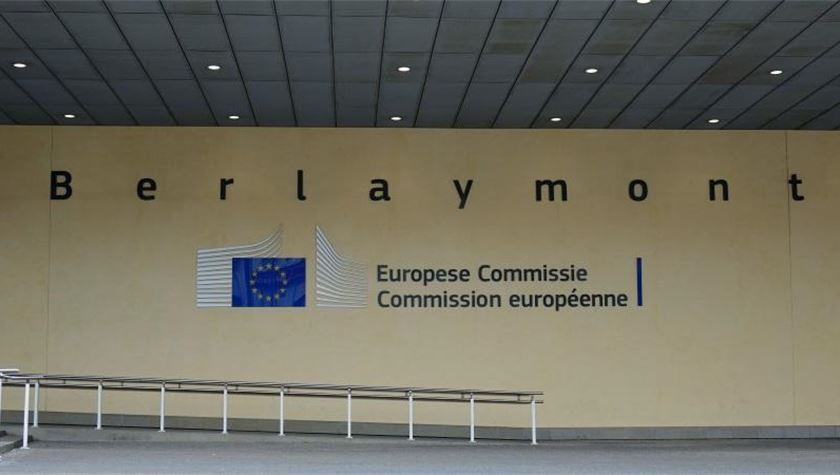EU Commission Approves Modification of Dutch Scheme to Reduce Greenhouse Gas Emissions

|
Listen to this story:
|
The European Commission has approved, under EU State aid rules, the modification of a Dutch scheme to reduce greenhouse gas emissions. The scheme will further contribute to achieving the Netherlands’ energy and climate targets and the EU’s strategic objectives relating to the European Green Deal.
The Dutch measure
The Netherlands notified the Commission of its plans to modify its Stimulering Duurzame Energieproductie (‘SDE++’) scheme approved by the Commission in December 2020 (SA.53525) and amended in December 2021 (SA.100461). The modified scheme will run until 31 December 2025.
The SDE++ support scheme, with an overall budget of €30 billion, will contribute to the Netherlands’ efforts to reduce its greenhouse gas emissions by 55 % by 2030 and to achieve climate neutrality by 2050, compared to 1990 levels.
The scheme supports a wide range of projects with different technological approaches, including projects based on renewable electricity and heat, low carbon and renewable gas, including hydrogen, and transport fuels.
See related article: EU Commission Approves €1.1 Billion To Support Electricity Storage Facilities in Hungary
The Netherlands made several amendments to the existing scheme. In particular, these amendments will guarantee a certain budget for supporting projects in areas where decarbonisation is currently relatively expensive but that offer promising green potential. A minimum budget of €750 million will be allocated in 2023 to projects in each of the following areas:
- low-temperature heat, including geothermal, heat pumps and solar thermal;
- high-temperature heat, including mainly electrification options for industry via heat pumps and electric boilers; and
- molecules, which includes hydrogen production via electrolysis, production of biomethane, and advanced renewable transport fuels.
In addition, the scheme is amended to cover also (i) air water heat pumps for heating buildings, and (ii) the possible future electrification of offshore platforms.
Beneficiaries will be selected through annual competitive, transparent and non-discriminatory bidding processes. They will be selected based on the lowest subsidy required per unit of greenhouse gas emissions reduced.
The beneficiaries will receive support via a variable premium contract of a duration ranging between 12 and 15 years. The payments that the beneficiaries receive will be adjusted based on the evolution of the relevant market prices (for example of electricity, gas orcarbon) over the lifetime of the support contract. Given the wide range of costs and therefore subsidy needs among the beneficiaries, price caps apply per technology to limit the risk that cheaper technologies are overcompensated. These caps prevent the cheapest technologies for reducing emissions, such as onshore wind and solar, receiving the same subsidy as much more expensive technologies like hydrogen production.










